Home>Maintenance & Safety>Home Maintenance Checklists>What Is The Standard Kitchen Trash Can Size
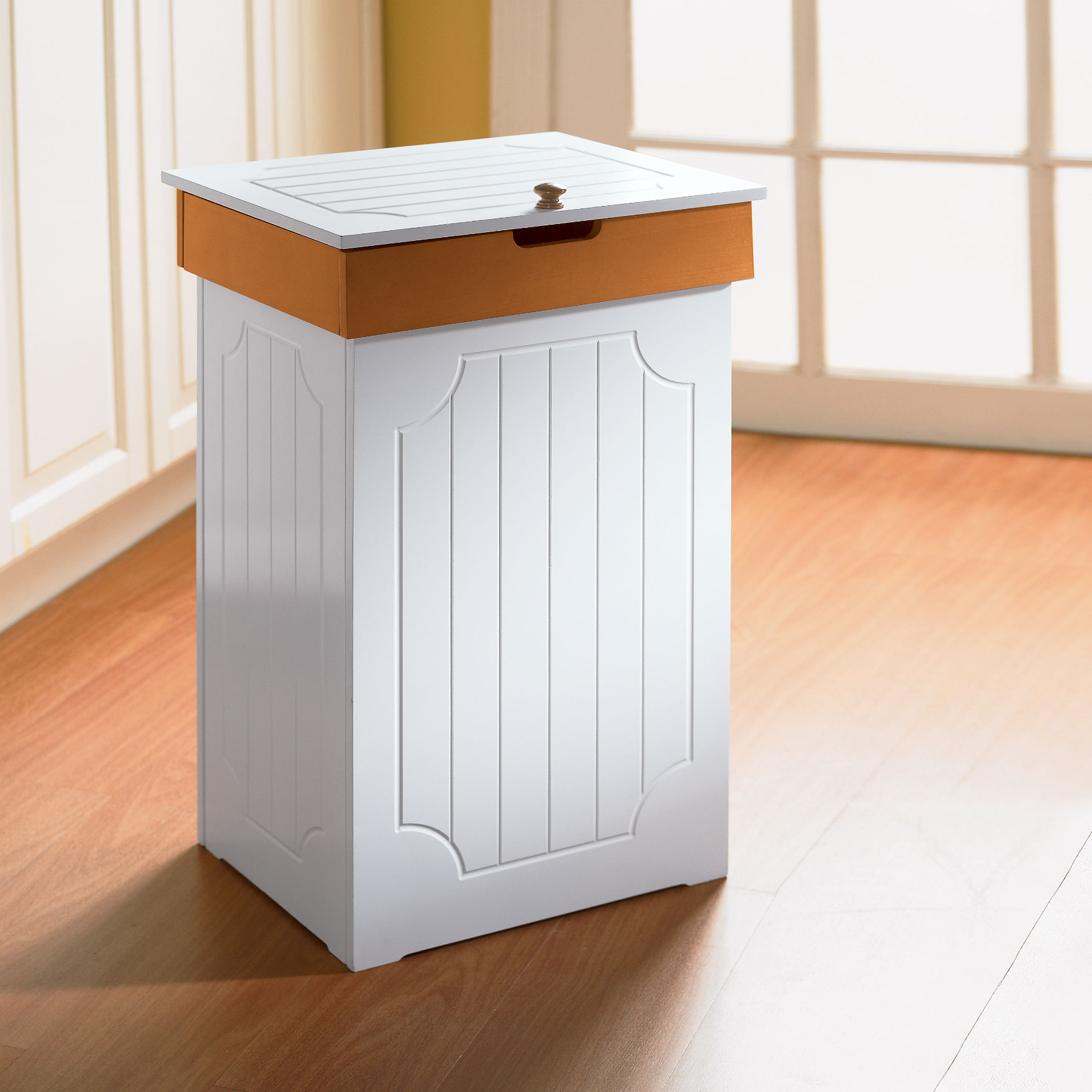

Home Maintenance Checklists
What Is The Standard Kitchen Trash Can Size
Modified: March 26, 2024
Discover the ideal kitchen trash can size for your home with our comprehensive home maintenance checklist. Keep your space organized and efficient.
(Many of the links in this article redirect to a specific reviewed product. Your purchase of these products through affiliate links helps to generate commission for Storables.com, at no extra cost. Learn more)
Introduction
When it comes to maintaining a clean and organized kitchen, the trash can plays a crucial role. However, selecting the right size for your kitchen trash can is often overlooked but can significantly impact the functionality and aesthetics of your space. In this comprehensive guide, we will explore the factors to consider when choosing a kitchen trash can size, delve into the standard sizes available, and provide insights to help you select the perfect fit for your kitchen. Whether you have a compact apartment kitchen or a spacious culinary haven, understanding the nuances of kitchen trash can sizes will undoubtedly elevate your home maintenance game. So, let's dive in and discover the art of choosing the ideal kitchen trash can size for your home!
Key Takeaways:
- Choose a kitchen trash can size based on your household size, waste production, and available space. Consider functional features and future needs to make an informed decision.
- Standard kitchen trash can sizes range from small to extra-large, catering to various household needs. Harmonize the size with your kitchen’s aesthetic and anticipate future requirements.
Read more: What Size Cabinet For Trash Can
Factors to Consider When Choosing a Kitchen Trash Can Size
When embarking on the quest for the perfect kitchen trash can size, several factors warrant careful consideration to ensure that the chosen receptacle seamlessly integrates into your kitchen space. Let’s explore the key factors that should influence your decision:
- Kitchen Layout and Available Space: Assess the layout of your kitchen and identify the available space for the trash can. For compact kitchens, a slim, space-saving trash can may be the ideal choice, while larger kitchens can accommodate bigger and more feature-rich options.
- Household Size and Waste Production: Consider the number of people in your household and the amount of waste generated. A larger family may require a larger trash can to accommodate the volume of daily waste, while smaller households can opt for a more modest size.
- Frequency of Waste Disposal: Evaluate how often you empty the trash. If you prefer to make fewer trips to the outdoor bin, a larger trash can with greater capacity may be preferable.
- Integration with Décor: Harmonizing the trash can size with your kitchen’s aesthetic is essential. The trash can should complement the overall design and color scheme, whether it’s discreetly tucked away or serves as a stylish accent piece.
- Functional Features: Consider additional features such as odor control, hands-free operation, and recycling compartments. These features may influence the overall dimensions of the trash can and should align with your specific needs.
- Accessibility and Convenience: The ease of access to the trash can is paramount. Ensure that the chosen size and design allow for convenient disposal without obstructing traffic flow in the kitchen.
By carefully evaluating these factors, you can make an informed decision when selecting the perfect kitchen trash can size, seamlessly integrating functionality, aesthetics, and practicality into your culinary domain.
Standard Kitchen Trash Can Sizes
Standard kitchen trash cans come in a variety of sizes, each catering to specific needs and preferences. Understanding these standard sizes will empower you to make an informed choice that aligns with your kitchen’s requirements. Here are the typical kitchen trash can sizes available in the market:
- Small (Under 10 Gallons): Ideal for compact kitchens and smaller households, small trash cans are space-efficient and fit neatly under countertops or in tight corners. They are perfect for collecting daily kitchen waste without occupying substantial floor space.
- Medium (10-20 Gallons): Suited for average-sized households, medium trash cans strike a balance between capacity and space. They can accommodate moderate amounts of waste and are versatile enough to blend seamlessly into various kitchen layouts.
- Large (20-30 Gallons): Designed for larger families or kitchens with higher waste production, large trash cans offer ample capacity to handle significant volumes of daily waste. They are also suitable for busy kitchens where frequent emptying may not be convenient.
- Extra-Large (30+ Gallons): Catering to heavy-duty waste disposal needs, extra-large trash cans are ideal for commercial kitchens, high-traffic areas, or households with substantial waste output. These sizable receptacles minimize the frequency of emptying, making them a practical choice for busy environments.
Additionally, within each size category, you’ll find a diverse range of designs, including step cans, swing-top cans, sensor-activated cans, and more, offering various functionalities to suit your specific requirements.
Understanding the standard kitchen trash can sizes empowers you to navigate the plethora of options available, ensuring that the chosen size harmonizes with your household’s waste generation, available space, and aesthetic preferences.
Standard kitchen trash can sizes typically range from 10 to 13 gallons. When choosing a size, consider the amount of waste your household produces and the available space in your kitchen.
Choosing the Right Size for Your Kitchen
As you embark on the quest to select the perfect kitchen trash can size, it’s essential to consider your unique requirements and the dynamics of your kitchen space. Here’s a guide to help you navigate the process and make an informed decision:
- Assess Available Space: Begin by assessing the available space in your kitchen. Measure the height, width, and depth of the area where the trash can will be placed to ensure that the chosen size fits seamlessly without obstructing movement or access to other kitchen essentials.
- Evaluate Household Waste Generation: Consider the volume of waste generated by your household on a daily basis. If you have a larger family or produce a substantial amount of waste, a medium to large-sized trash can may be more suitable. For smaller households or minimal waste output, a smaller size can suffice.
- Consider Functional Features: Determine the functional features that align with your needs. If odor control and hands-free operation are priorities, factor in the design and dimensions required to accommodate these features without compromising on size.
- Harmonize with Décor: Ensure that the chosen size complements the aesthetic of your kitchen. Whether you opt for a sleek stainless-steel design, a discreet under-counter bin, or a statement piece, the size should harmonize with the overall visual appeal of the space.
- Anticipate Future Needs: Consider potential changes in household size or waste generation. Investing in a slightly larger trash can to accommodate future needs can be a prudent decision, ensuring that your chosen size remains suitable as circumstances evolve.
By carefully considering these factors, you can confidently select the right size for your kitchen, seamlessly integrating functionality, aesthetics, and practicality into your culinary domain. Whether it’s a compact, space-saving solution for a cozy kitchen or a substantial, high-capacity receptacle for a bustling household, the perfect kitchen trash can size awaits, ready to elevate your home maintenance experience.
Conclusion
Choosing the ideal kitchen trash can size is a nuanced endeavor that intertwines practicality, aesthetics, and functionality. By carefully considering factors such as available space, household size, waste generation, and functional features, you can navigate the myriad of options available and select a size that seamlessly integrates into your kitchen while catering to your specific needs.
Understanding the standard kitchen trash can sizes, ranging from small, medium, large, to extra-large, empowers you to make an informed decision that aligns with your household’s waste generation, available space, and aesthetic preferences. Whether it’s a discreet under-counter bin, a sleek and modern design, or a high-capacity workhorse, the perfect size awaits to enhance your home maintenance routine.
As you embark on this journey, envision the trash can as not merely a utilitarian necessity, but as an integral part of your kitchen’s ecosystem. It should seamlessly blend with your décor, enhance convenience, and efficiently manage waste, contributing to a harmonious and organized culinary space.
Ultimately, the right kitchen trash can size transcends mere dimensions; it embodies the art of balancing form and function, enhancing the efficiency and visual appeal of your kitchen. So, armed with the insights from this guide, embark on your quest to find the perfect kitchen trash can size, and elevate your home maintenance experience to new heights.
Frequently Asked Questions about What Is The Standard Kitchen Trash Can Size
Was this page helpful?
At Storables.com, we guarantee accurate and reliable information. Our content, validated by Expert Board Contributors, is crafted following stringent Editorial Policies. We're committed to providing you with well-researched, expert-backed insights for all your informational needs.
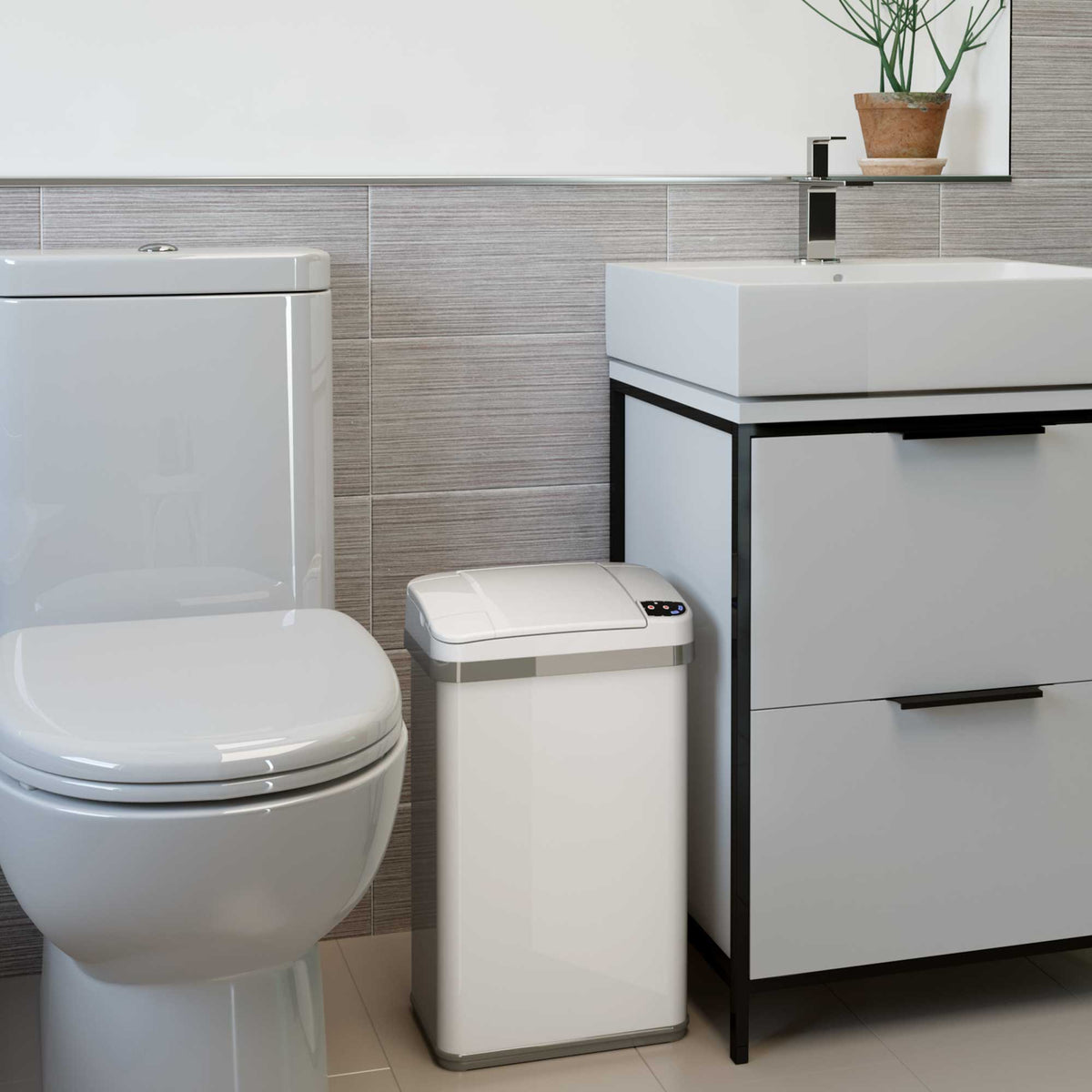
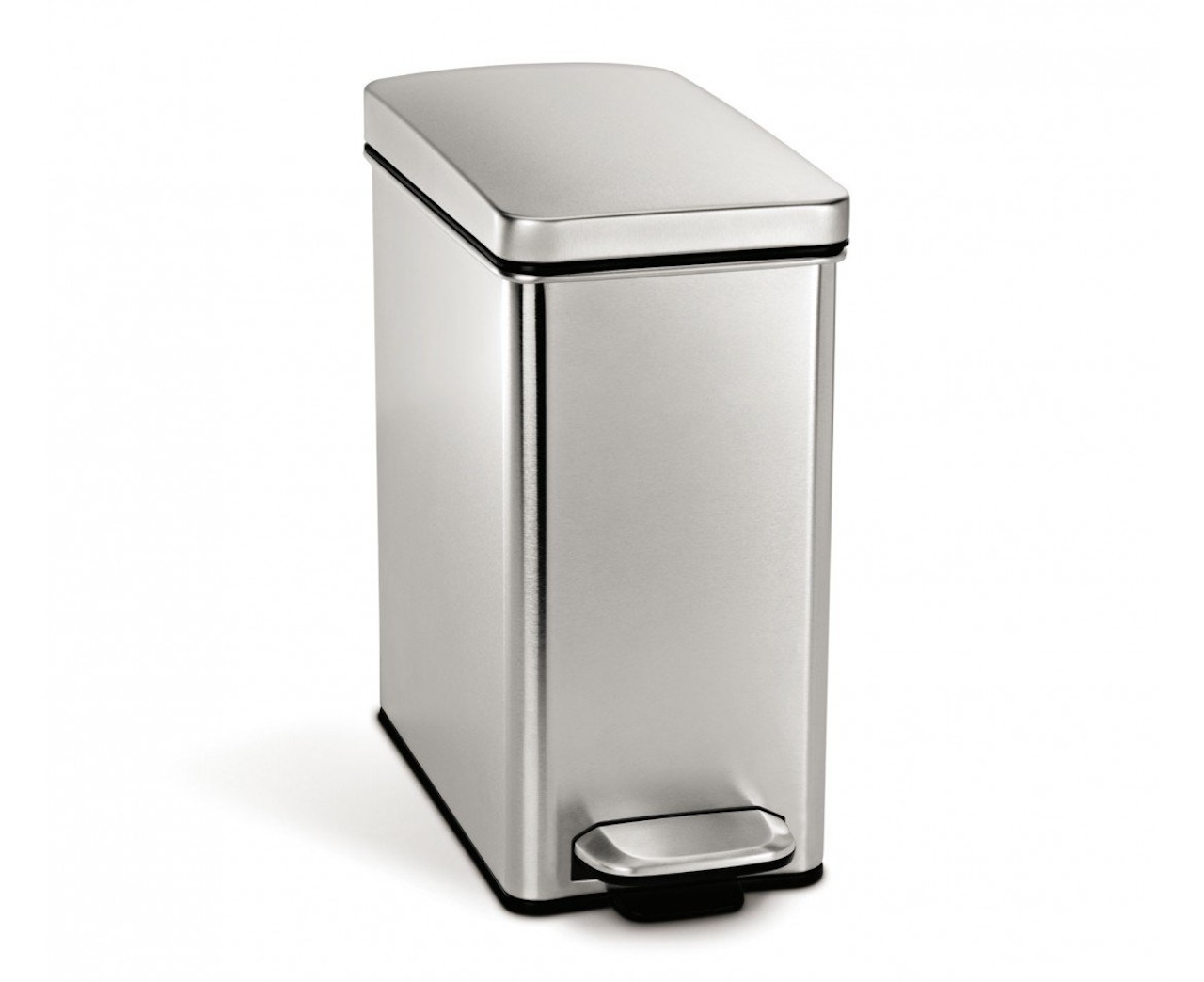
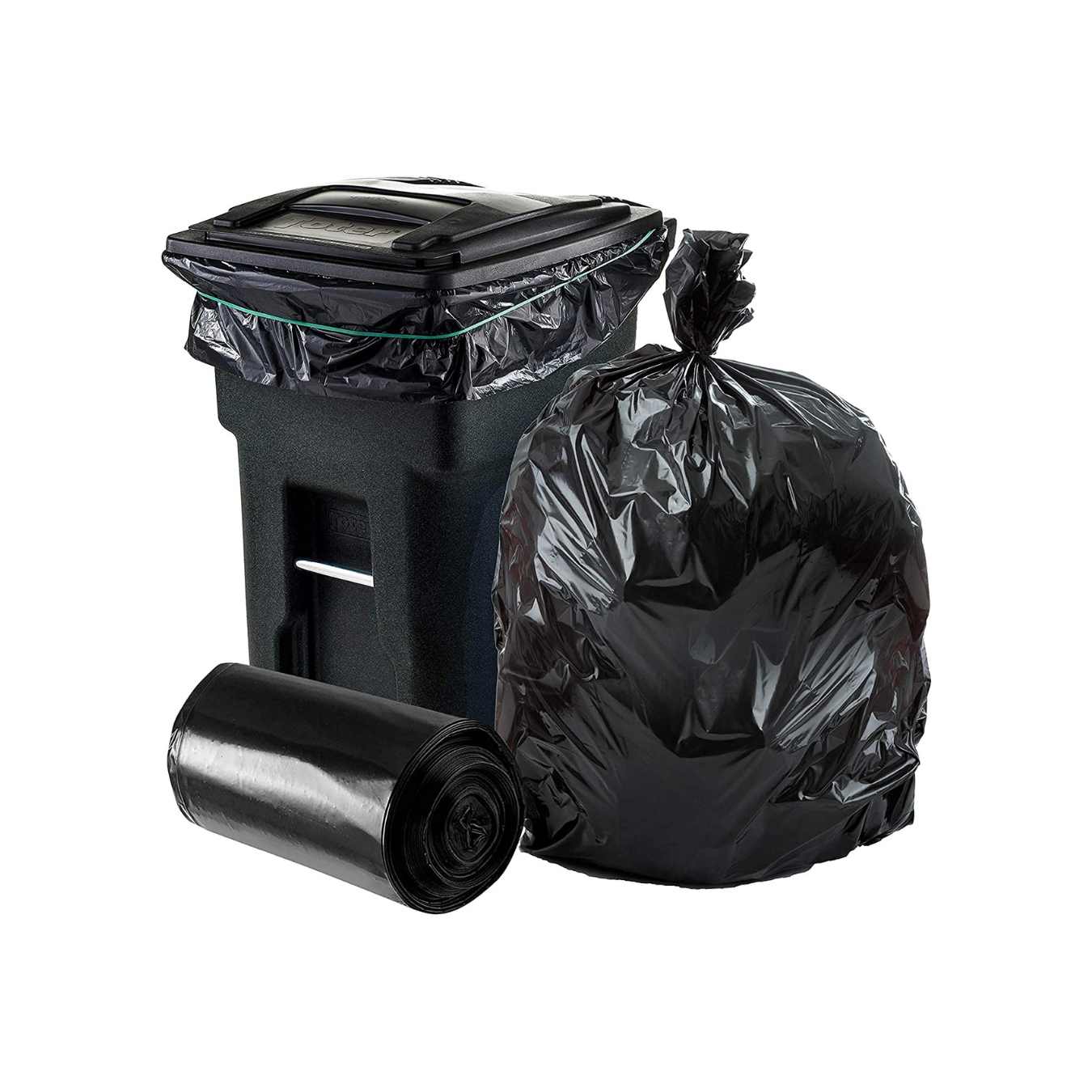
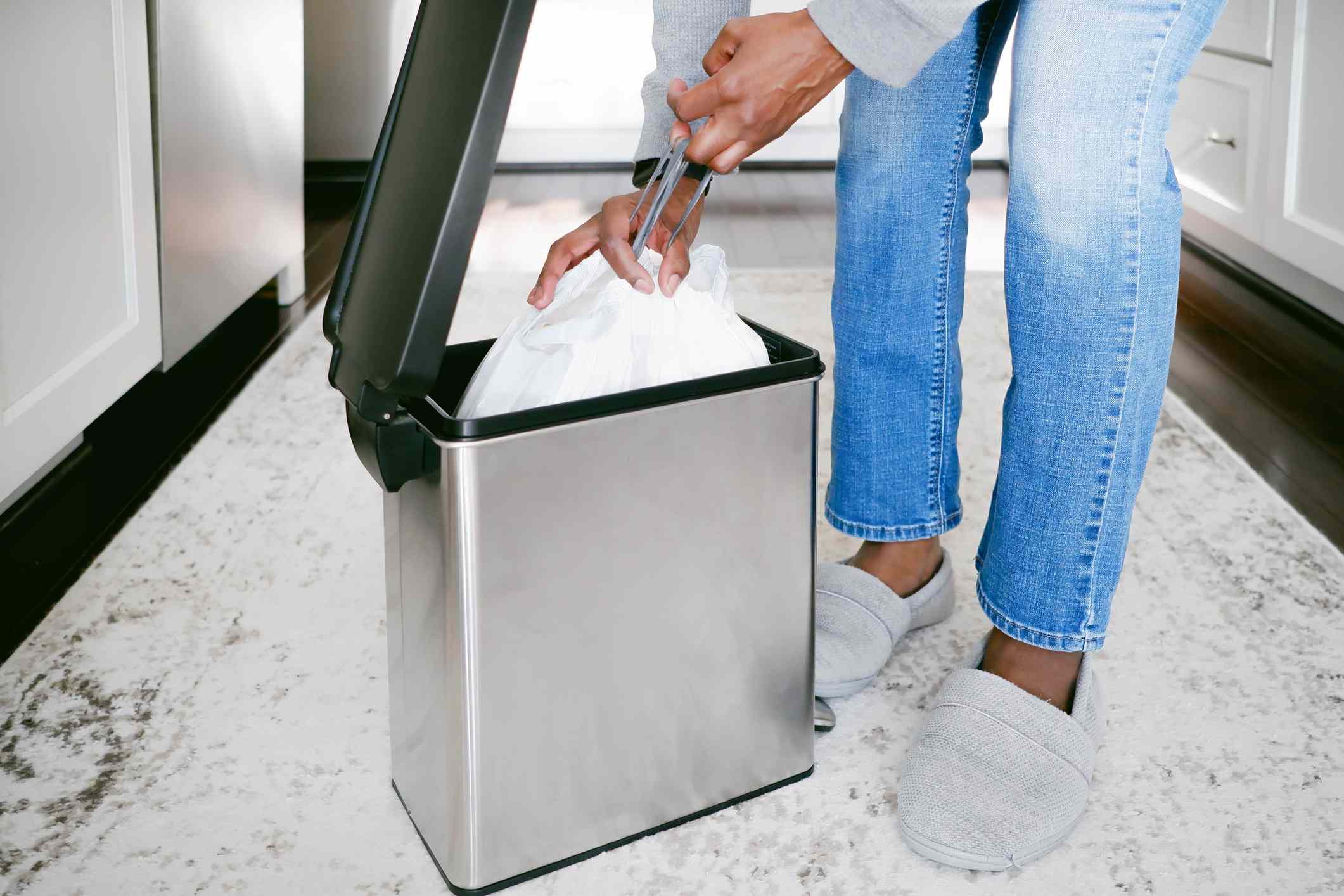
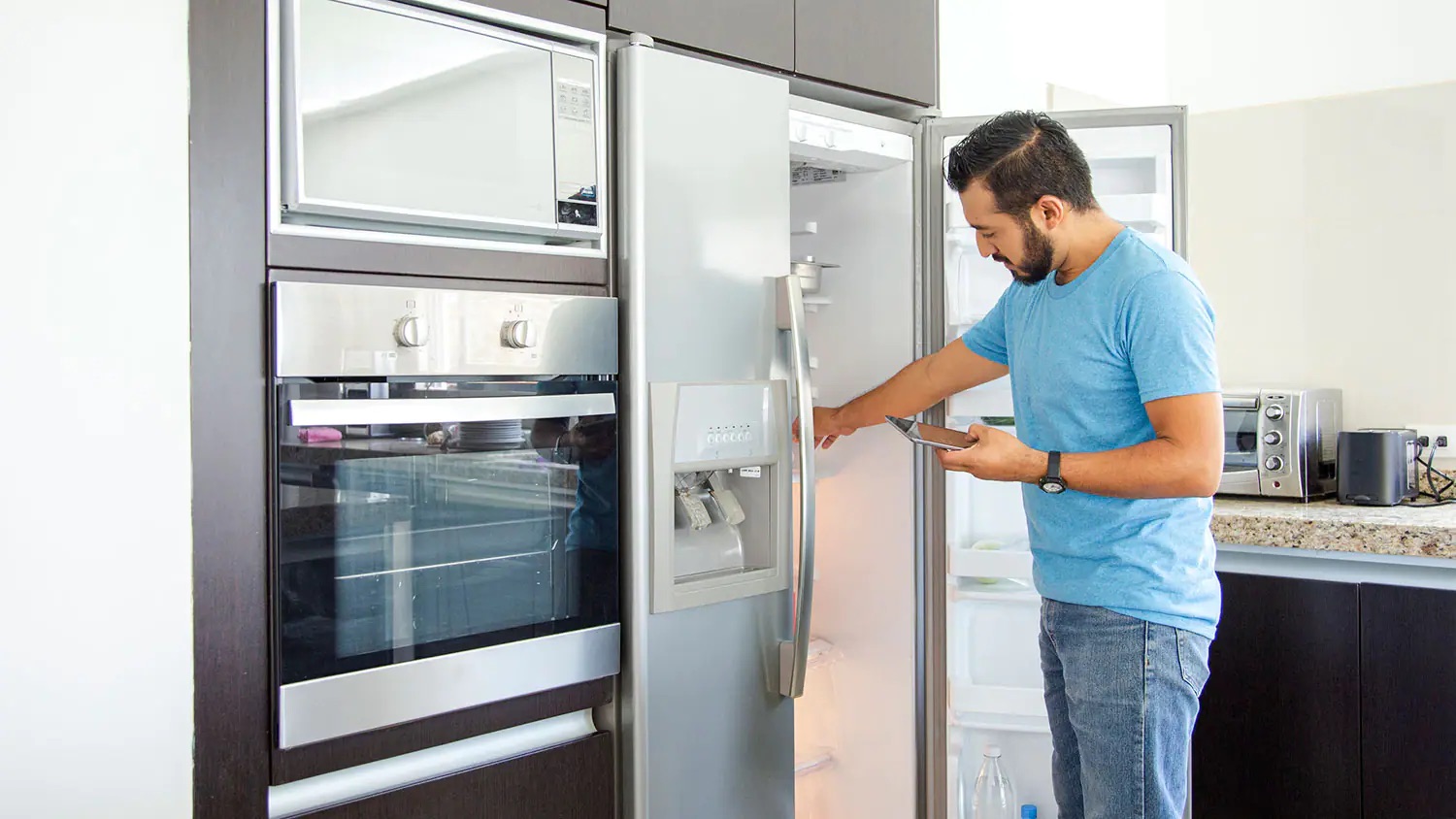

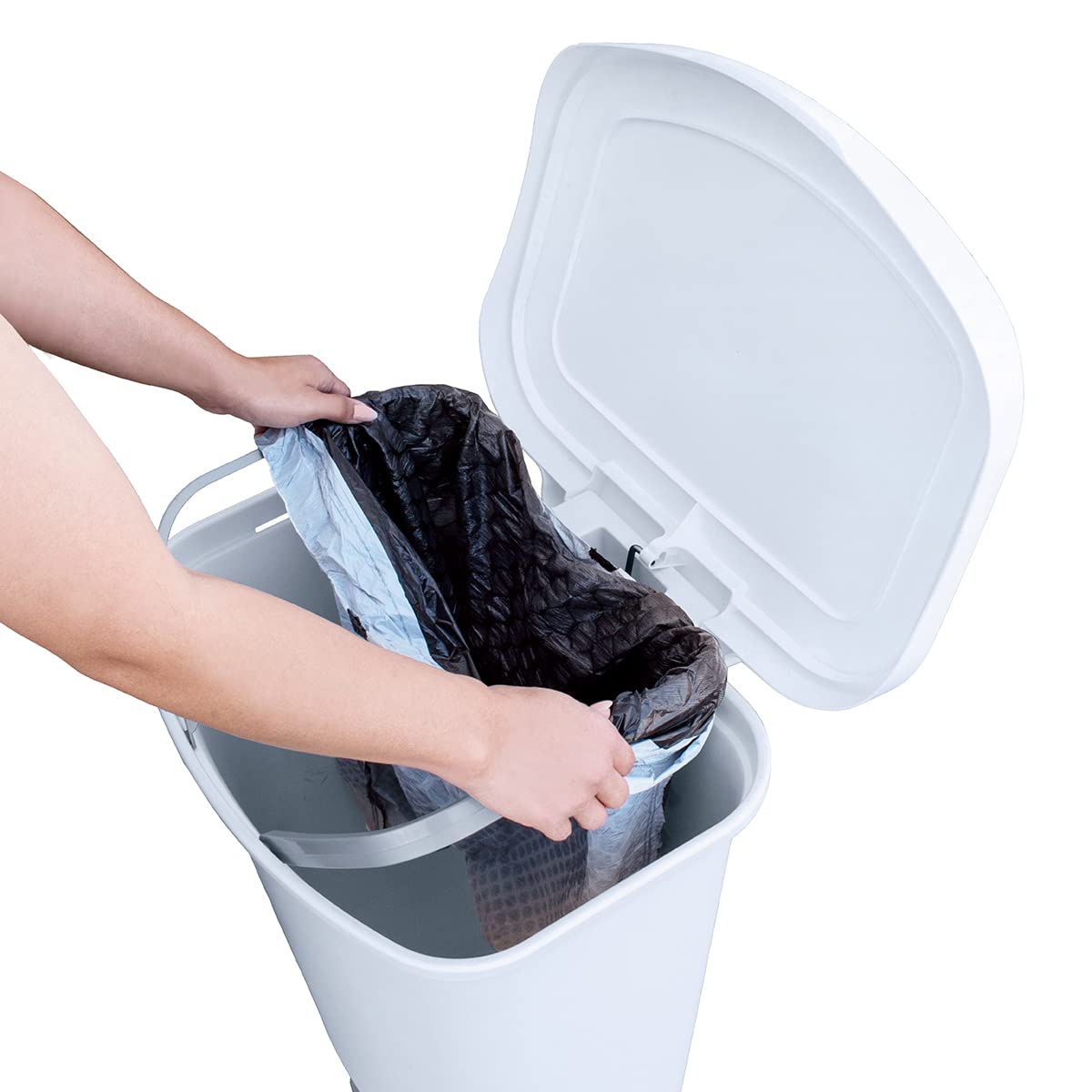
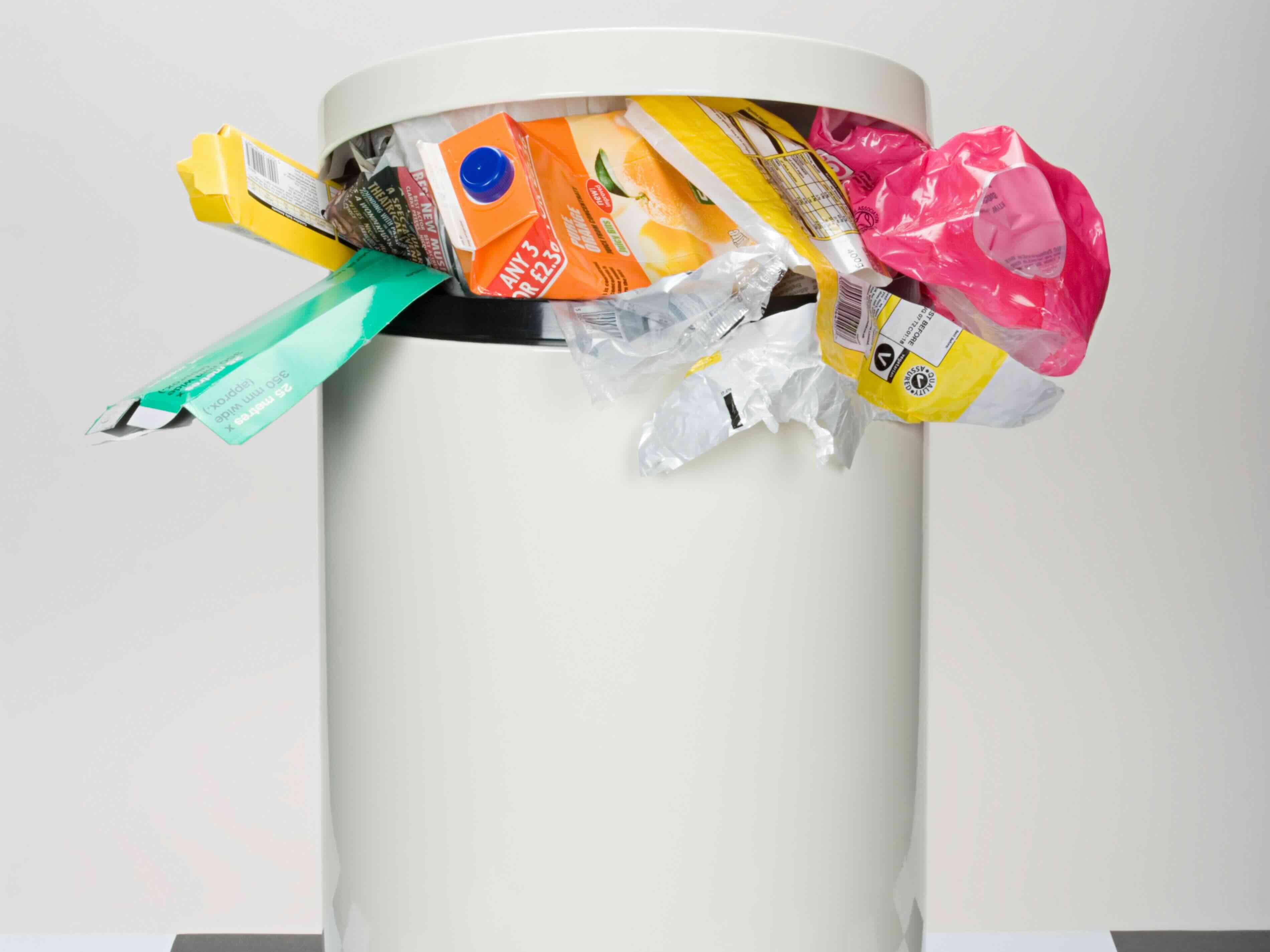

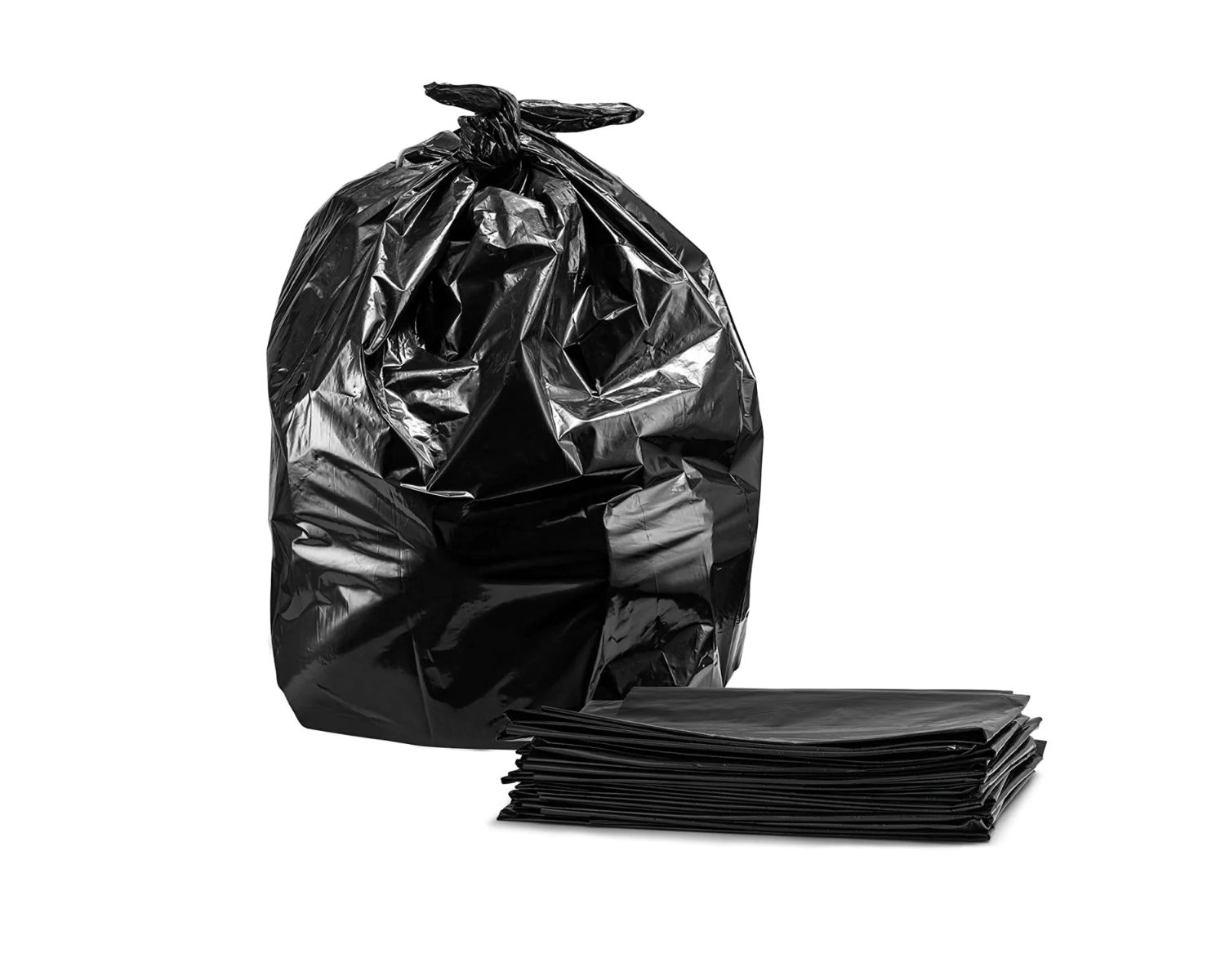

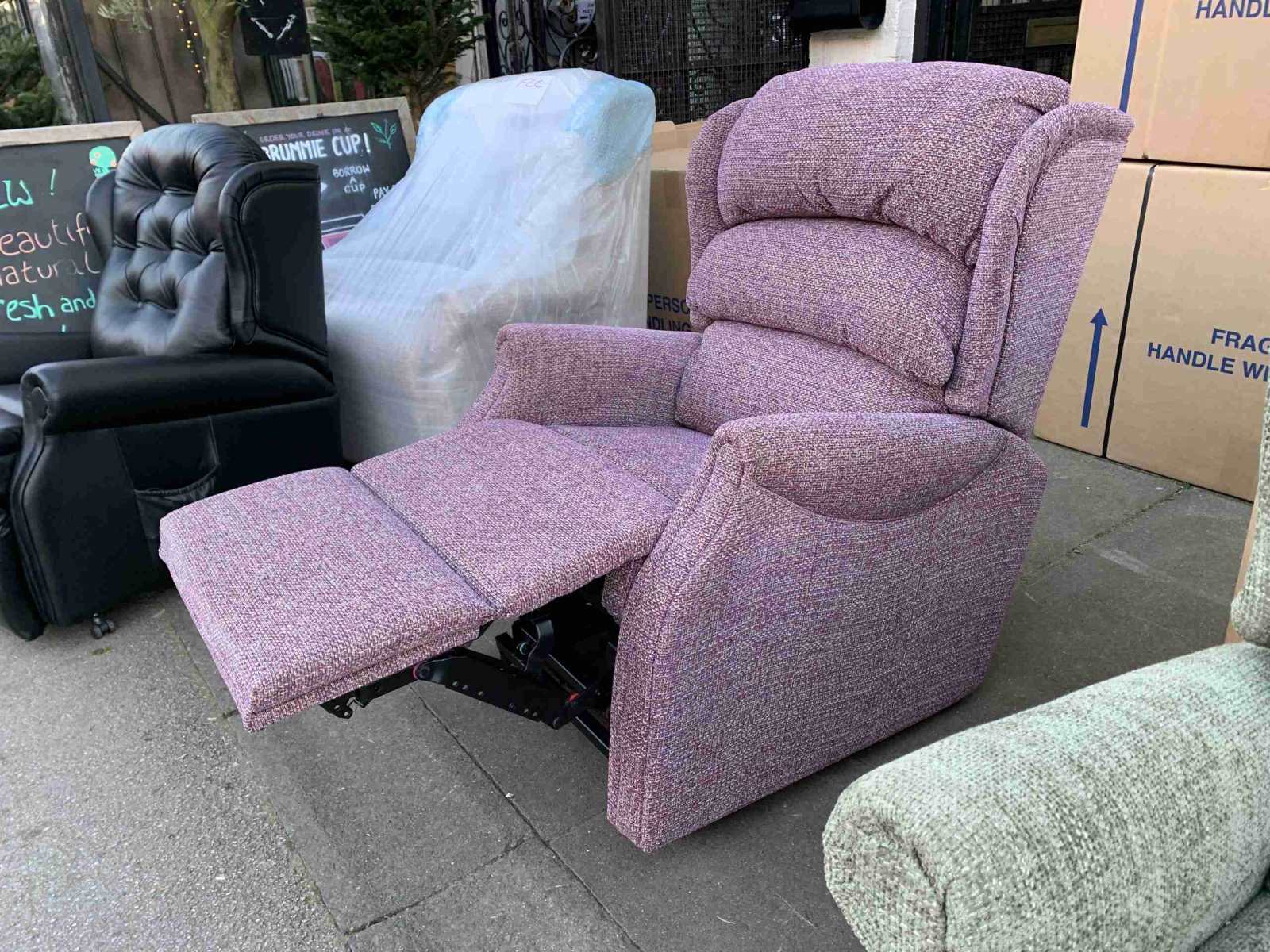




0 thoughts on “What Is The Standard Kitchen Trash Can Size”